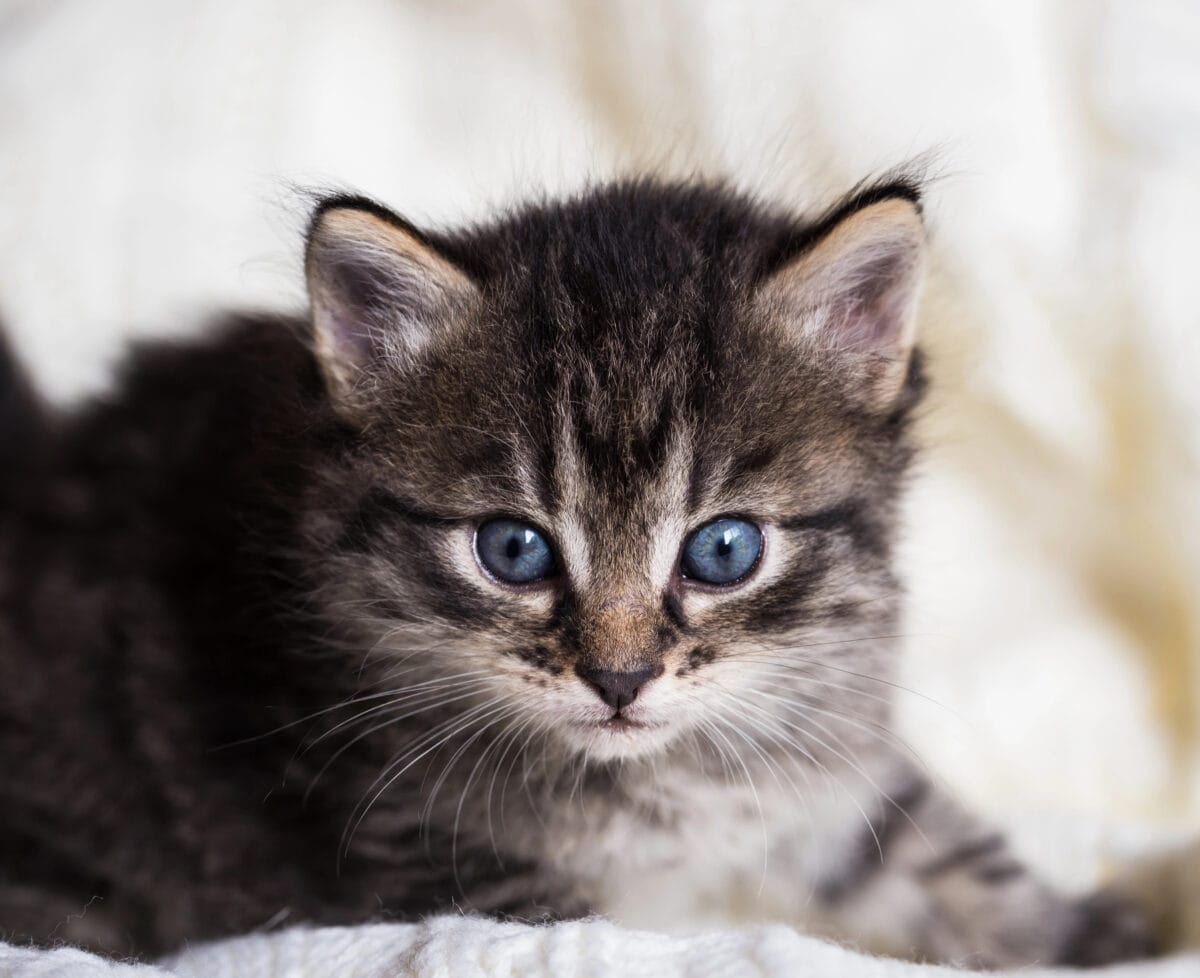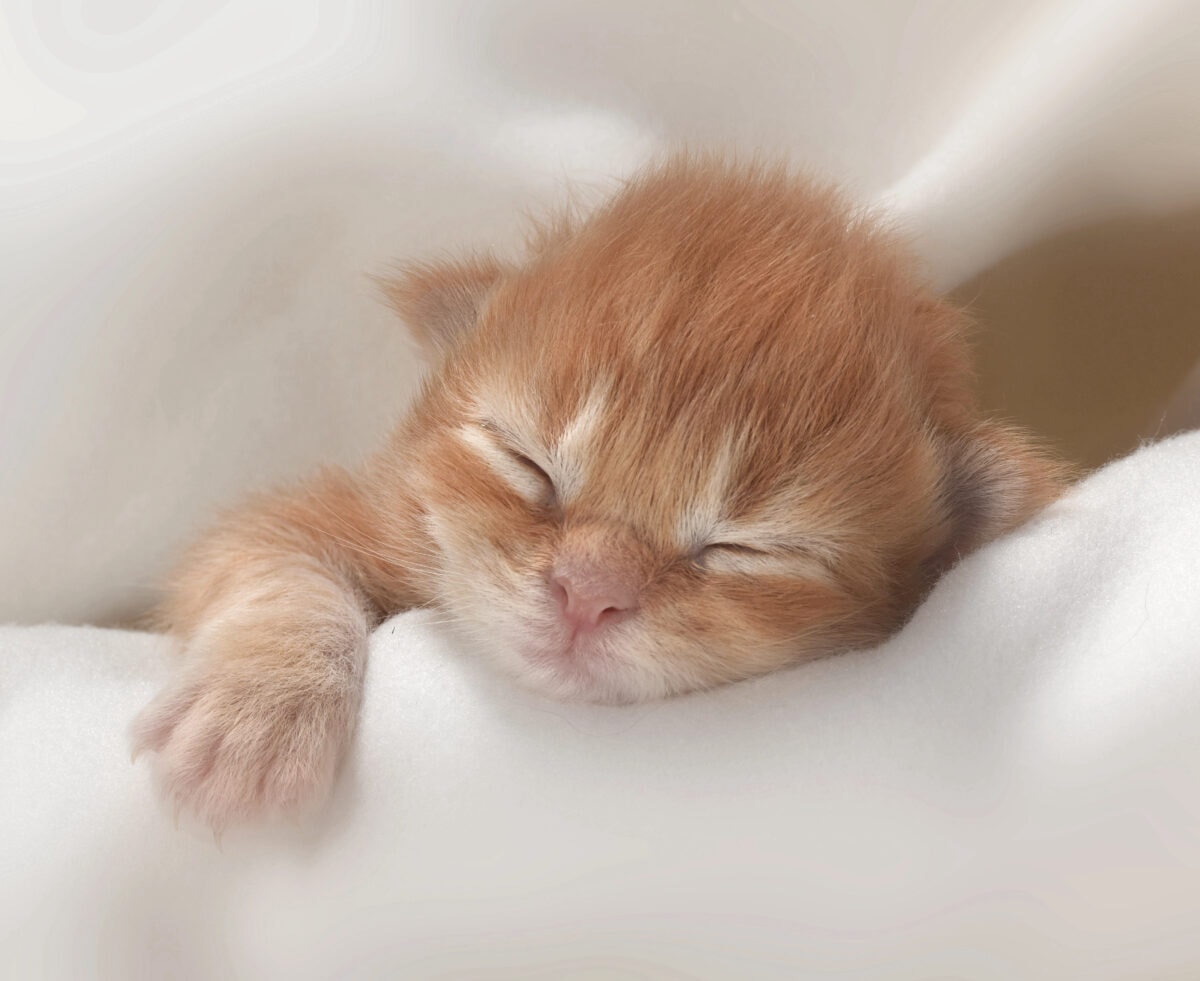Summary
Choosing a space to care for kittens requires several considerations including the age and health of the kittens during the entire time they are in your care. The space should be easy to clean, safe, and isolated from other animals in the home and easily accessible to the caregiver.
Basic Space Needs of Kittens
Choosing a Kitten Space
Choose a space to care for kittens that is easy to clean, safe, and isolated from other animals in the home and easily accessible to the caregiver. The space may be as small as a top-loading carrier depending on the kittens’ age, for example, under three to four weeks old. Older kittens will need more space to move around, run and play.
Whatever their age, confine kittens to a space small enough so they feel safe and comfortable, and that you, as the caregiver can access the kittens easily and provide for their needs while also being large enough to meet the kittens’ developing needs to move around in more space and to house the additional supplies such as larger litter boxes, food and water bowls, toys, and scratchers.
Quarantine for Two Weeks
The initial space should be large enough for a two-week quarantine period. This period is important for several reasons:
- Kittens may have been exposed to a contagious disease just before coming to you for care yet still look healthy. Since many contagious illnesses have a 10-to-14-day incubation period, signs of those diseases may become apparent during quarantine. Without confinement during this time, your pets and other foster animals could be exposed to contagious diseases, parasites or ringworm spores that would be difficult and/or expensive to treat or remove from the environment.
- If an illness becomes apparent, having had the kittens confined to a quarantine space will make cleaning and disinfecting less difficult as you will not have multiple rooms clean and disinfect.
- A quarantine period keeps the kittens from being exposed to diseases that resident pets can carry, even if those pets are vaccinated and appear healthy.
- It gives the new arrivals time to adjust to the sounds and smells of their new environment.
Using a Small Space to House Kittens
A bathroom is often a good place for kittens. The hard surfaces are easy to clean and the smaller space meets the needs of the kittens and caregivers described in the paragraph above.
All toiletries should be put away and the shower curtain removed or draped over the rod so kittens cannot climb it. The toilet seat must be down, and toilet paper must be out of reach. Windows that are accessible to kittens should have secured screens and be kept closed when no one is in the room.
Other smaller-spaced options for kittens include:
- a large, top-loading carrier for very young kittens
- a large pet crate or cage (as long as the kittens’ heads and legs cannot be caught in the spaces between the wires or bars).
- A plastic kitten pen with panels tall enough to contain kittens as they grow.
- A fabric playpen with a top that zips closed.
The door to the room where the kittens are located should stay closed if other animals are in the home.
Caring for Kittens in Bedrooms and Other Rooms
If kittens are six weeks or older, you may want to provide them with more space, but they may not need it. Consider first if the kittens will go to a smaller space after foster care with you. For example, they may go into a smaller cage while they are on an adoption floor. If the kittens are accustomed to having, for example, a 12’ x 12’ space, it may be stressful for them to be later confined to a much smaller space. Cages are not necessarily a bad alternative, if they are used short-term, are appropriately sized for the kitten or litter contained in them and have all the necessary items for daily care and environmental stimulation.
If you know the kittens will have a larger area after their time with you, you may choose to allow them more space. A bedroom or other room with a door may be appropriate, provided dangerous hiding places are inaccessible and chewable items or things that can harm a kitten (such as electrical cords and window treatment cords) are removed or secured. Windows should be kept closed, but if they need to be open for temperature or air flow, ensure that the screens are secured.
Remove all porous items, such as carpeting or upholstered furniture. Even if covered, these items can become soiled or contaminated, and disinfecting them is often impossible. So, if the kittens become ill or even shed any viruses or parasites while in that space, you may not be able to use that space again for future kittens.


